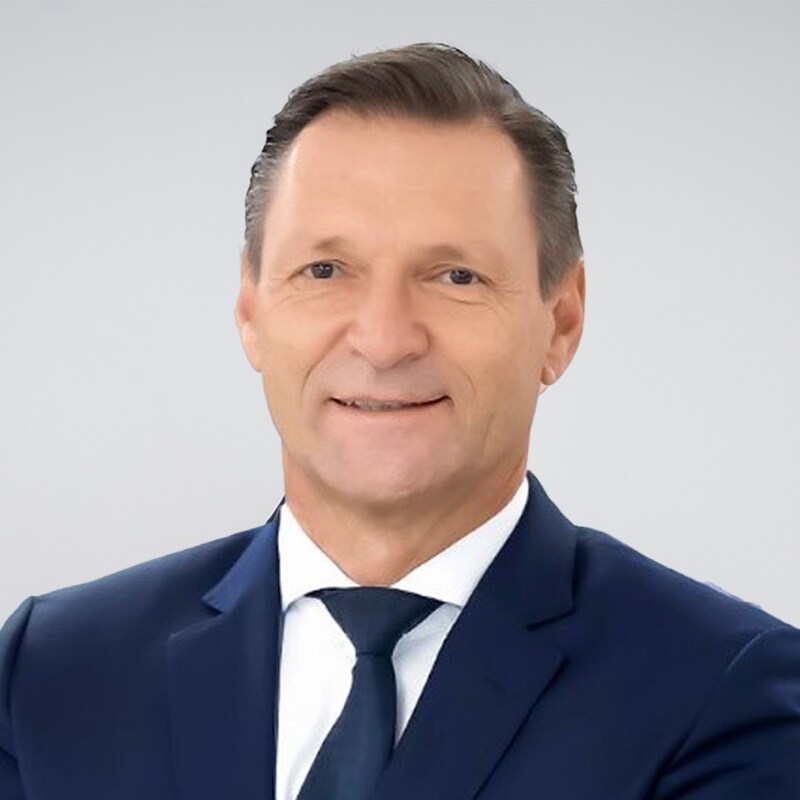The evolution of 5G and its benefits for businesses
A lot has happened since the first generation of mobile communications technology. Today, 5G is about to radically change the interconnection of markets, sectors, industries, and society.




